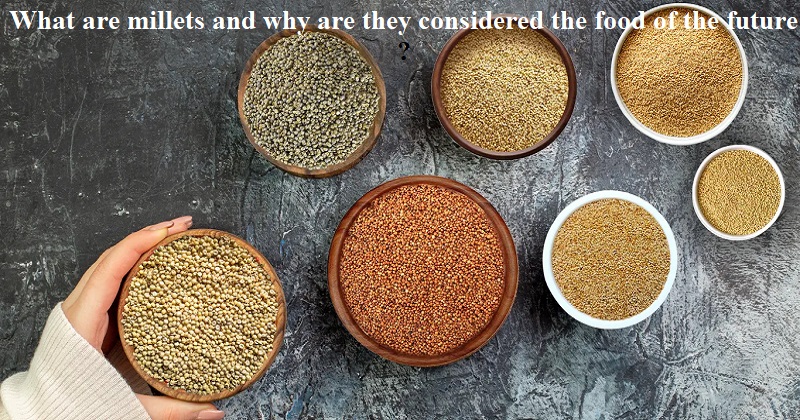
Millets have been a traditional food source in India for thousands of years. However, with the introduction of rice and wheat, millets lost their prominence and were largely forgotten. In recent years, millets have been rediscovered as a nutritious and sustainable food option. This renewed interest in millets is driven by a growing awareness of their health benefits and the need for sustainable agriculture.
Millets are a good source of protein, fiber, and minerals, and are gluten-free, making them suitable for people with celiac disease or gluten intolerance. They also have a low glycemic index, which makes them beneficial for people with diabetes.
Millets are also environmentally friendly since they require less water and can grow without fertilizers or pesticides in poor soils, making them a good crop for farmers in drought-prone areas. The renewed interest in millets is due to the efforts of various organizations that have promoted millets as a drought-resistant and nutritious alternative to rice and wheat.
These organizations have worked with farmers to encourage millet planting and have encouraged consumers to include millets in their diets. The Indian government has also promoted millets as part of its efforts to promote sustainable agriculture and improve public health. In 2023, the UN declared the National Year of Millets to raise awareness about their health benefits and encourage farmers to grow them.
The government has also provided subsidies and incentives to farmers to encourage them to plant millets.
The resurgence of millets has also led to the emergence of small businesses that produce millet-based products such as flour, snacks, and even beer. These businesses not only promote millet consumption but also create job opportunities in rural areas.
Millets are versatile and can be used in various cuisines. Whole millets can be used in salads, soups, and stews, while millet flour can be used to make rotis, dosas, and idlis. Millets can also be made into snacks such as bhel and chivda.
The revival of millets in India is significant since it has the potential to benefit farmers, consumers, and the environment. Millets are becoming increasingly popular, and their popularity is expected to grow as more people become aware of their benefits.
The revival of millets has also created new job opportunities in several parts of the country. For example, the Keonjhar district administration in Odisha has restored millet farming among the tribals of the district and is promoting it in mine-affected areas.
This program aims to cultivate millet on 4000 hectares of land over seven blocks, and 4020 farmers are cultivating millets in 88-gram panchayats across the district’s seven blocks.
The renewed interest in millets in India is an important step towards sustainable agriculture and good eating habits. Millets’ nutritional benefits, drought resistance, and compatibility with poor soils make them an attractive option for farmers.
Government actions and organizations supporting millet have also played an important role in its revival. Additionally, the emergence of small enterprises that use millets in their products has resulted in the creation of new jobs in rural areas.
The adaptability of millets to various cuisines makes them a versatile food option that is gaining popularity in India.
Overall, the growing interest in millets is a significant development towards a more sustainable and healthy future.

Post Your Comments